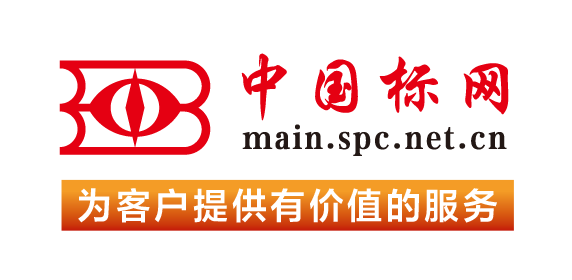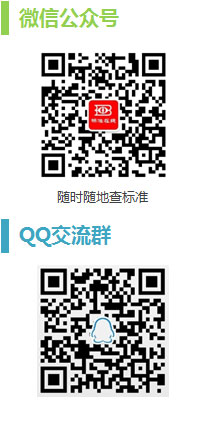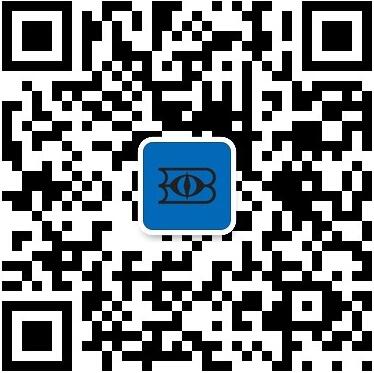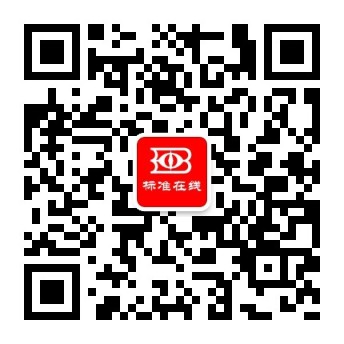ISO/IEC 9636 established the conceptual model, functional capability, and minimum conformance requirements of the Computer Graphics Interface (CGI). It specifies design requirements for encodings of the CGI. This part of ISO/IEC 9636 gives an overview of ISO/IEC 9636, explains the relationship between its parts and their relation to other standards, describes a reference model for graphics systems, and defines certain Foundation Constituency Profiles. ISO/IEC 9636-2, ISO/IEC 9636-3, ISO/IEC 9636-4, ISO/IEC 9636-5 and ISO/IEC 9636-6 specify the CGI functions for different functional areas using an abstract notation.
定价: 0元 / 折扣价: 0 元 加购物车
Defines those functions of the Computer Graphics Interface concerned with obtaining graphical and non-graphical input from a Virtual Device of device class INPUT or OUTIN. This part of ANSI/ISO/IEC 9636 also defines functions to support echoing of input operations on separate Virtual Devices. This is part 5 of ANSI/ISO/IEC 9636, and should be read in conjunction with American National Standard for Information Technology ?Computer Graphics ?Interfacing Techniques for Dialogues with Graphical Devices (CGI) ?Functional Specification ?Part 1: Overview, Profiles and Conformance, ANS/ISO/IEC 9636-1-1991, American National Standard for Information Technology ?Computer Graphics ?Interfacing Techniques for Dialogues with Graphical Devices (CGI) ?Functional Specification ?Part 2: Control, ANSI/ISO/IEC 9636-2-1991 (see listing above), and American National Standard for Information Technology ?Computer Graphics ?Interfacing Techniques for Dialogues with Graphical Devices (CGI) ?Functional Specification ?Part 4: Segments, ANSI/ISO/IEC 9636-4-1991 (see listing above).
定价: 0元 / 折扣价: 0 元 加购物车
Defines those functions of the Computer Graphics Interface concerned with creating, modifying retrieving, and displaying portions of an image stored as pixel data. It includes functionality for combing such images. This is part 6 of ANSI/ISO/IEC 9636, and should be read in conjunction with American National Standard for Information Technology ?Computer Graphics ?Interfacing Techniques for Dialogues with Graphical Devices (CGI) ?Functional Specification ?Part 1: Overview, Profiles and Conformance, ANS/ISO/IEC 9636-1-1991, American National Standard for Information Technology ?Computer Graphics ?Interfacing Techniques for Dialogues with Graphical Devices (CGI) ?Functional Specification ?Part 2: Control, ANSI/ISO/IEC 9636-2-1991 (see listing above), and American National Standard for Information Technology ?Computer Graphics ?Interfacing Techniques for Dialogues with Graphical Devices (CGI) ?Functional Specification ?Part 3: Output, ANSI/ISO/IEC 9636-3-1991 (see listing above).
定价: 0元 / 折扣价: 0 元 加购物车
The requirements of this standard apply to: (a) Internal combustion engine-powered, hand-held, hedge trimmers; (b) Internal combustion engine-powered, hand-held, extended-reach hedge trimmers; and (c) Internal combustion engine-powered, hand-held, multi-purpose machines when configured as a hedge trimmer.
定价: 1709元 / 折扣价: 1453 元 加购物车
The requirements of this standard apply to: (a) Internal combustion engine-powered, hand-held, hedge trimmers; (b) Internal combustion engine-powered, hand-held, extended-reach hedge trimmers; and (c) Internal combustion engine-powered, hand-held, multi-purpose machines when configured as a hedge trimmer.
定价: 1709元 / 折扣价: 1453 元 加购物车
This standard gives safety requirements and measures for their verification for the design and construction of portable, hand-held, pole-mounted pruners, including extendable and telescopic units, having an integral combustion engine as their power head and using a drive shaft to transmit power to a cutting attachment consisting of a saw chain, a reciprocating blade, or single-piece circular saw blade with a 205 mm (8.1 in) maximum outside diameter. Methods for the elimination or reduction of hazards arising from the use of these units and the type of information on safe working practices to be provided by the manufacturer are specified.
定价: 1709元 / 折扣价: 1453 元 加购物车
Part 1 of this technical report provides the numbering scheme for all standards associated with paper-based and image-based check payments that collectively will be referred to as check-related payments. The basic numbering scheme is divided into two sections; core standards and application standards. Core standards cover such items as paper requirements, MICR requirements, optical requirements, and image requirements. Application standards cover such items as check documents, deposit tickets, internal documents, image replacement documents, other documents, MICR, security, and electronic. Part 2 of this technical report lists the definitions of terms used within X9抯 check-related payment standards. The structure covered in this technical report was developed to define and explain the requirements for automated handling of paper-based and image-based check payments. It also offers a repository of definitions used in these standards. This technical report is available in electronic form free of charge to aid the user in identifying the standards for purchase.
定价: 0元 / 折扣价: 0 元 加购物车
The purpose of this document is to formalize an industry standard for check image exchange using the ANSI X9.100-187 standard format and a compilation of industry norms. This document is not intended to replace the ANSI X9.100-187 standard, but rather to clarify how financial institutions should use the standard to ensure all necessary and appropriate payment data is exchanged between collecting and paying institutions. The use of this document requires that all image exchange participants obtain, use and adhere to the record and field usage definitions detailed in the ANSI X9.100-187 standard. Users of this document are required to review and be knowledgeable of the full standard to ensure file structure and data and field specifications are understood and used correctly. This document further defines the specific usage of the ANSI X9.100-187 standard and describes all of the records and fields which contain critical payment data.
定价: 0元 / 折扣价: 0 元 加购物车
TR-48 Card-Not-Present (CNP) Fraud Mitigation in the United States: Strategies for Preventing, Detecting, and Responding to a Growing Threat summarizes CNP fraud mitigation tools used in the U.S. It identifies the primary types of CNP fraud attack trends currently impacting the payments industry and outlines the types of CNP fraud mitigation tools and strategies employed by industry stakeholders such as merchants, merchant acquirers, issuers, processors, payment gateways, and payment card networks. The document also provides information and recommendations for industry stakeholders to evaluate their current strategies for mitigating CNP fraud and reducing overall fraud losses.
定价: 0元 / 折扣价: 0 元 加购物车
X9-TR-50 Quantum Techniques in Cryptographic Message Syntax (CMS) gives a general introduction to quantum computers and the consequences they pose to the financial services industry. Specifically, this report describes both cryptographic and non-cryptographic uses for quantum computers, considers the impact quantum computers will have on CMS, secure authentication and communication, and offers general recommendations for mitigating these impacts.
定价: 0元 / 折扣价: 0 元 加购物车
The purpose of this document is to formalize an industry standard for exchange of legal orders using the ANSI X9.129 standard format and a compilation of industry norms. This document is not intended to replace the ANSI X9.129 standard, but rather to clarify how financial institutions and agencies should use the standard to ensure all necessary and appropriate levies and asset based orders are exchanged between financial institutions and/or agencies. The use of this document requires that all legal orders exchange participants obtain, use and adhere to the record and field usage definitions detailed in the ANSI X9.129 standard. Users of this document are required to review and be knowledgeable of the full standard to ensure file structure and data and field specifications are understood and used correctly. This document further defines the specific usage of the ANSI X9.129 standard and describes all of the records and fields which contain critical data. Based on this usage, it is reasonable to expect that exchange participants will implement file validation practices to ensure that all critical data is contained in legal order exchange files. If a file contains records or fields of critical data that do not conform to the usage practices detailed in the standard it is reasonable to expect the receiving institution or agency will reject the item or file back to the sending institution or agency as the order(s) contained in the file may be unusable/unprocessable. Conversely, if a record or field which does not contain critical data is populated with incomplete, erroneous, or invalid data it is reasonable to expect these files or items would be accepted and processed.
定价: 0元 / 折扣价: 0 元 加购物车
 我的标准
我的标准 购物车
购物车 400-168-0010
400-168-0010











 对不起,暂未有相关搜索结果!
对不起,暂未有相关搜索结果!













